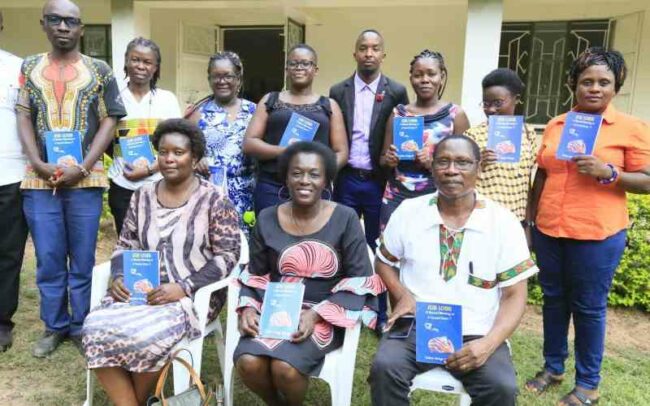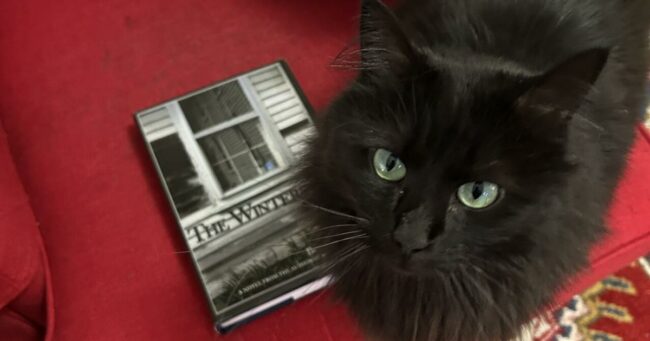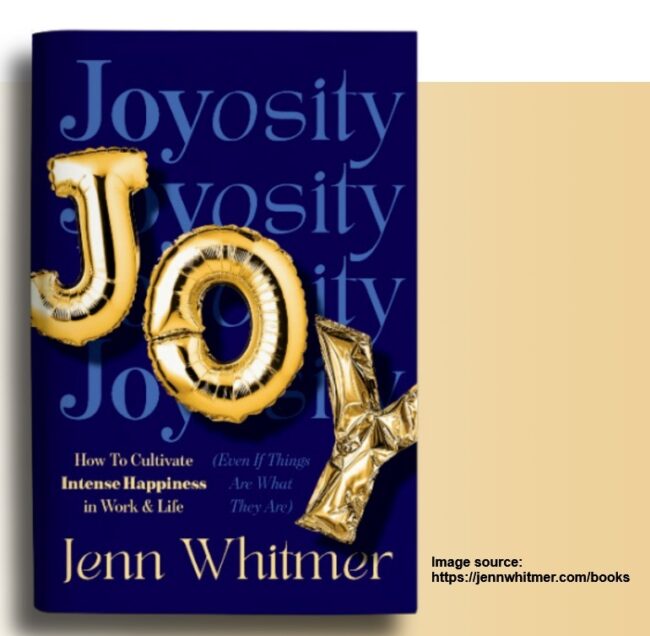Book clubs: Why reading circles matter, grow them
… A Cursed Curse displays the book during the discussion of the … wanted me to join their book club meeting. They had formed … books. They asked me to suggest a Kenyan novel for their Book … evening, as we discussed the book, I found myself teaching them …







